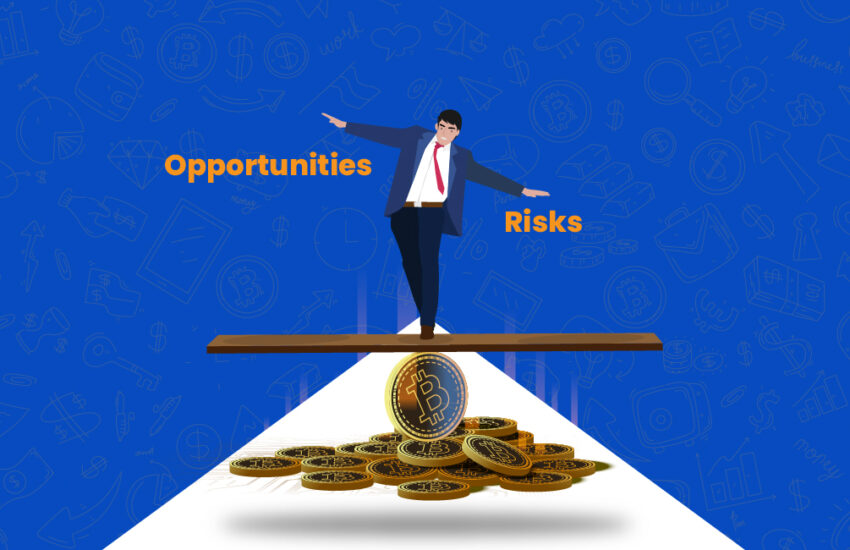Summary The digital age has changed how we communicate, work, learn, and entertain ourselves; the financial world is no exception.
Continue reading

Summary The digital age has changed how we communicate, work, learn, and entertain ourselves; the financial world is no exception.
Continue reading